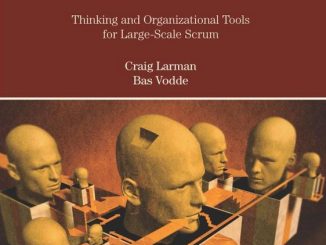No Documentation in Scrum?
During Scrum adoption, people tend to get away from tasks and activities that they don’t like in traditional projects like documentation or writing proper code comments. In this article, a ScrumMaster shares his experience with a “no documentation” approach. He learned the hard way that minimal documentation is better than no documentation in Scrum projects. The team can decide on a case-by-case basis what level of documentation for which components and code logics is needed.



